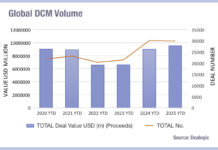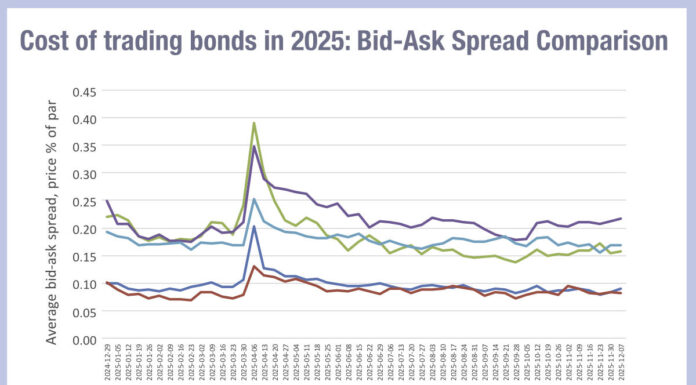Getting a trade to look attractive to a counterparty gets harder the more illiquid, large, and specific it is. As the purpose of a trade from the buy-side desk determines the trade execution priorities, this has a direct effect on the attractiveness.
In this article, we will consider how specific trades might be executed, based on buy-side trading prioritisation, then consider what effect that has on their attractiveness for a counterparty and their risk levels.
The first case (a) to be considered is exiting a position in high yield credit, when speed and information leakage will be the key dynamics to manage, to limit the market moving against the seller.
The second case (b) is rebalancing a passive fund, where price and speed are the top priorities, to match the benchmark.
Finally, with (c), if building a large position in investment grade corporate bonds, size and market impact need to be carefully watched, so that the market is not made aware of the build and then moves against the client.
What are the risks for counterparties in each situation?
With (a) there may already be directional movement reflecting market awareness of the need to sell out of the position. As HY is more illiquid than IG, liquidity will be more expensive, but if the timing is right speculators may well take the trade on the other side as the returns on HY creates more opportunities. The number of individual CUSIPs/ISINs will vary depending upon the position. Dealers will need to assess how quickly they can price the trade but also develop an exit strategy for the position, so they are not exposed to the risk of holding the position for too long. HY debt is costly to carry.
As a result the trade will need to consider if trading non-comp can be achieved to get both speed and price, and that will demand solid pre-trade information in order to pick the right counterparty. Getting it wrong can create information leakage which will work against the dealer and make the trade less attractive, and more expensive to price, worsening both dynamics for the buy-side trader. Trading in-comp might be achieved with a portfolio trade to ensure that pricing the higher illiquidity is balanced out via the overall size of the order the dealer can take.
Ted Husveth, managing director of US credit at Tradeweb, explained the firm’s expansion of portfolio trading services. He told The DESK, “We’ve continued to enhance the protocol with tools that support trade planning, execution quality analysis and trade optimisation. By embedding pre-trade analytics directly into the portfolio trading process, clients can make more confident decisions around timing, sizing and counterparty selection — resulting in better outcomes for even the most large and complex trades.“
For (b), the need to rebalance might be flagged to the market due to awareness of the fund’s index tracking. A lot of different line items might be needed, both buying and selling will take place, and trading line-by-line will be time consuming. Pulling in data on all of those line items and processing it quickly will be key for a dealer. Getting a decent price will increase the chances that the trade is made in-comp, and so if the buy-side desk can ensure it has a clear set of parameters on the pricing, it can sign off quickly to make the execution.
With (c), the number of ISINs/CUSIPs may not be great, and the liquidity is likely to be good, but the size will be larger than makes some dealers comfortable. Breaking the trade up and executing in an automated manner to reduce market impact using anonymous channels could be effective. Time can be taken to build the position, unlike in (a) where there is time pressure, and that can help the trading desk to optimise its approach with dealers to reduce market impact.
There are always several ways to execute a trade, and each decision is highly dependent upon the situation. Understanding the counterparty’s ability to support the trade, in a way that best matches the buy-side’s objectives, is imperative for achieving best execution.
In both European and US credit, data and analytics are becoming increasingly important to determine these factors.
Liane Fahey, head of European Institutional Credit at Tradeweb, observed, “Rather than relying on the traditional ‘blast all’ approach still prevalent in other regions, they are leveraging data and analytics to better inform their trading strategies and enhance decision making. Our suite of pre-trade data selection tools enables clients to direct their enquiries to where the liquidity is and target the best-placed dealers for their trade enquiry, resulting in better pricing and execution outcomes for all parties.”
Husveth highlighted the value of data and analytics in price discovery, stating, “while not entirely new, recent advancements have transformed the depth, efficiency and transparency of electronic US credit trading.”
©Markets Media Europe 2025















